Hello Readers, The GWA Podcast is back for its 13th season. I couldn’t be more excited to kick things off with the legendary painter, Jenny Saville! Click to listen.
Saville has been a dream guest of mine for a while. We spoke about her beginnings with art (and her first studio being her parents’ broom cupboard!); her deep love of painting; how she plays with abstraction to inform figuration; the influence of feminist writers and artists on her work; portraying motherhood — and so much more.
A preview:
“ I think what’s excited me most through the journey of painting is the ability to try to freeze a moment. [...] I get a kind of thrill of creating tangible paint on top of stains or on top of drawing underneath because it's almost like making a window through time.”
For those in Vienna, don’t miss Saville’s exhibition at the Albertina Museum. Londoners, get ready for her show at the National Portrait Gallery this June.
Listen to the episode & tell us what you think:
A Look Back at 2024
I was lucky enough to talk to some incredible artists and writers for the podcast last year. In case you missed it, I thought I’d bring together some of my favourite moments from the year, ft. Doris Salcedo, Barbara Kruger, Judy Chicago, Barbara Walker, and more.
Get excited for another year of inspiring stories, artistic wisdom, and glimpses into the lives, works, and practices of some of the best artists working today.
Next week’s features a very special 90-year-old… Any guesses?!
All episodes are free to listen to, and enjoy here.
Love, Katy Xoxo.
Doris Salcedo
Born in Colombia, where she is based today, Doris Salcedo (b.1958) is hailed for her mid to colossal-scale sculptures and public installations that push the boundary of the artform, while simultaneously addressing vital political narratives of Colombian history. I found talking to Salcedo incredibly moving and inspiring.
On the viewer as ‘a witness who deeply listens’:
“The psychoanalyst Dori Laub, who is also an Auschwitz survivor, said that when a victim tells her story, when the victim narrates what happened to her, what the testimony is, the testimony in a way is incomplete, because it is lacking a listener. That someone has to listen carefully. And in that moment, when the victim and the listener get together, the real testimony actually is consolidated. And to that couple, a third party should be invited, which is the viewer of the work of art. So the viewer has to act as a witness who deeply listens, whatever the work is … and deeply cares about what the victim has experienced.”
At the end of every podcast episode, I ask the guest: if you could say one thing to any woman artist, past or present, what would you say? Salcedo said:
“I would like to say to all women, that we are here. We have endured. The female perspective has a lot to give to this world. Our capacity to care and to give to all is the greatest tool we have.”
Listen to the episode here.
Karon Davis
Davis’s works often take the form of installations, that very powerfully explore vital narratives of current and historical political events, as well as speak to the history of dance and performance.
We spoke about the intimacy of her work; setting up The Underground Museum with her late husband Noah Davis; and how beauty should be available to everyone.
On making personal work:
“Oh, it's all personal. I can't make the work unless it's personal. I've had people approach me to do commissions for works, and I've turned it down because I have to be inspired. It has to come from that space deep in my soul that wants to speak, that is drawn to it. Otherwise, I'm not inspired.”
On beauty:
“Everyone deserves beauty and everyone can make it themselves. You don't have to go out and spend a million dollars honey.”
Listen to the rest here.
Barbara Kruger
Hailed for her distinctive poster-style language, Barbara Kruger (b.1945) merges text and image to bring attention to urgent political concerns. Bold, loud and readily available, her tabloid-esque works confront everyday issues.
On greatness:
“I mean, what constitutes greatness? What is that thing? This is not to devalue extraordinary abilities, skills, intelligence, whatever, but to just talk about the inflationary rhetoric that really works to make some people visible and others not.”
On the political relevance of the body:
“Bodies are relevant. Bodies are relevant, because it's how we speak and breathe through them, and how we live our lives. And the control over them has been a global contestation”
A warning against comparison:
“Stay true to what you're doing, and try to make the best work you can make. Regardless of the fickleness and craziness of the market system around you. […] That's the most that I could say: don't personalise everything, because when things happen really soon, and then you're abandoned, you have like, 30 years of performance anxiety to go through… You just can't personalise it, because the market is just brutal. And you have to make your work and make it as strong as possible. And not destroy yourself with comparisons to your peers.”
Listen to the rest here.
Rose B. Simpson
Working across mediums that span from sculpture to performance, painting and ceramics, Rose B. Simpson (b.1983) is hailed for her life-size clay figures which she adorns with a plethora of symbols, extended antennas and materials – from steel, beads, leather, and wood. She spoke with grace and wisdom about her culture, her philosophy of existing in the world, and her black-on-black Lowrider 985 Chevrolet El Camino, Maria.
On resisting individualism:
“Individualism, it's consuming, and I don't want to get consumed by it. And I have to be very careful, because our world likes to offer as bait to be consumed by individuals. […] In the end, it's a very simple thing. I like to think, my matter, my actual physical being, is a rock. It's just a piece of the matter of the world, and it has vibration in it, but so does everything else. And I'm just in this world with everything else. And in that way, I'm not trying to control it, I'm more just witnessing it.”
On how her work questions “othering”, and encourages empathy for all beings:
[In my work there is an] investigation into the source of who we are…I’ve always been caught by othering, and stereotyping and objectifying. What makes us other somebody else? What makes us look at them and think, you’re different, or I can treat you differently because I don’t empathise [with you]. I feel like the more that I look for and identify pieces of that humanity, the more inclusive my work is.”
On getting out of our boxed-up comfort zones:
“So often, we try to put things in controllable boxes of this means that and this means this, and I try to take things out of those boxes. I don't get to the point of growth if I'm constantly in my state of control, but that control is my comfort zone. It's my safety. […] And so it's pushing myself out of that comfort zone, that control. It's asking myself, is there another way that I can approach this?”
Listen to the rest here.
Judy Chicago
One of the most pioneering and revelatory artists alive, Judy Chicago has dedicated her life to feminist art. I loved speaking to Judy ahead of her major Serpentine exhibition last summer.
“We all deserve to be considered part of the divine”
On changing the world:
"We made this world, we can change this world. But enough people have to come together with another vision and work towards change, which is a long, slow, arduous process - one that does not loan itself to Instagram.”
Sam Taylor Johnson
It was a joy to talk to the powerhouse photographer and filmmaker about reviews, John Lennon, and the 90s London art scene.
On not reading reviews:
“I never read reviews ever, because I feel like if you read bad ones, your life is governed by them, and if you read good ones, your life is governed by them. So I have to just kind of create the work and then shut everything off.”
On the YBA philosophy of getting up, going out, and taking up space:
“It was actually empowering in the sense that as an artist, you didn't have to sit and wait to be discovered. You could actually get up, go out and say, This is me, and I'm going to take over that empty space that's not being rented, and I'm going to put on an exhibition of me and my friends work, and we'll just invite everyone to come. And taking that power back from waiting was really important, and for me it extended into the film world, because it's really difficult as a woman director to actually get the good scripts without knocking on doors and saying, you know, I've heard that you've got this movie going, and I'd like to put my hand up. …… It's about kicking down doors when people say no. That came really from grasping life immediately after art school, rather than just sort of sitting back thinking, I'll be discovered one day.”
Listen to the rest here.
Nadya Tolokonnikova
A founding member of the iconic performance-protest group Pussy Riot, Nadya Tolokonnikova (b.1989) has dedicated her life to speaking out against injustice and fighting for freedom. It was so enlightening and inspiring to hear about her life and work.
On building a movement:
“It definitely should be in the manual book for building a movement, to come up with a simple identity that will be easy to reproduce. It doesn't have to be as complex as a balaclava and colourful tights, colourful dresses. For some movements, it's as simple as a pin or a scarf…”
Artmaking as therapy:
“Art is my main form of therapy… I feel like it's a very powerful technique to take the power back, to take a powerful negative emotion and turn it against itself. Otherwise, this emotion would be eating you from the inside, but you reframe it.
I've started to work with a sewing machine recently, and I also introduced it in my art. I thought that after working in these terrible conditions, injuring myself in the penal colony, I would never touch a sewing machine, but last year, I got my first sewing machine, and I still remembered how to do it … the skills were still there, I remember it in my fingers. And instead of sewing police uniforms, today I use it for my art. And it's liberating.”
Listen to that episode here.
Audrey Flack
It was an honour to speak to the magnificent Audrey Flack last year, before she passed away on 28 June 2024. Audrey was a force, and I found our conversation incredibly powerful and moving. It was hard to pick just a few moments from this one.
On the immortality of art:
"A great work of art will transfer something from the artist to the canvas, to the wood, to the bronze. That spark, that intent of a great work, when all the things are working together and balanced, creates something that goes into the work and that remains there for centuries."
On discovering art as a child:
"While I was making ... I stopped fidgeting. My brain must have become soothed by the process of art. Art is a great healer ... not only for the artist, but for the viewer."
You can listen to the episode here, and I highly recommend Audrey’s memoir: With Darkness Came Stars.
Sheila Heti
Sheila Heti is one of my favourite writers, and it was a dream of mine to get her on the podcast. She spoke to me about the art of writing, as well as the visual artists that inspire her, from Berthe Morisot to Jenny Holzer.
On how writing can inspire paintings, and vice versa:
The fact that you can take in a painting all at once, like you can take in a book all at once, is always something that I have thought a lot about. When I was writing Pure Colour I was like, “Can I make a book where, you know, at the very end you have a still image of the whole thing, one image, the way that you do with a painting, versus the sort of parade of images you have with a novel?” I just think it's more interesting to think of, like, what's the impossible thing to do in a novel? And you only can figure out the impossible thing by seeing what the possible things are in other mediums.
On sentences containing the whole world:
“So a sentence had to contain a whole world in it. And I guess for any writer, the sentence is the most important unit of art.”
On sharing your work
“It is an interesting experiment, like, what kind of art would you make if you didn't share it until 20 years after your death? It's probably an interesting thing for everyone to think about.”
Barbara Walker
Another one of my favourite episodes — Barbara Walker had so many fascinating things to say, on creativity, work ethic, the importance of shedding light on the invisible, and so much more.
Don’t compare yourself to those who came before:
“I wasn't happy with my paintings, thinking back, I think I was comparing my painting to something that's gone before, you know, painting has this long history, and I think I was comparing myself to that, which later on, I realised was a huge mistake. I shouldn't be comparing, I should be adding to it.”
It’s never too late
“I always knew I wanted to be an artist. I knew from an early age, it just seemed very natural and I felt really comfortable in that space.
I had my children really early, and they were my priorities, but I was always making still. I never stopped. I was still drawing or sketching or something. And I guess once they had all reached full time education, because I'm a single parent, then, the light bulb came on, and I thought, yeah, it's time to get real. It's my time.
Barbara’s series Vanishing Point explores the visibility and invisibility of black subjects in western European painting. She told me about how the idea for the project originally came out of conversations she had with staff at art galleries:
“Often when I go [to the National Gallery] I notice the front of house staff, and over the years, I've been talking to one or two front of house staff, because I think they're interesting individuals, because they're the caretakers, they're the vanguard. They look after the work, and they may see certain things in a work that you may not see, or pull out certain things in a painting. And often, when I speak to members of staff, I will ask the question, which is your favourite work? Which is your favourite painting? And usually these are black staff. And I'll ask the question, because I'm intrigued to learn and see what they see and how they interpret and read a work.
And often enough, the men will direct me to Adoration of the King, by Gossart.
So immediately, that's where the idea came, it made me think, okay, they're looking at the black figure. And I started to look for the black figure. I started to look for me.”
Thanks for reading! It’s been so much fun to reflect on the past year of the GWA podcast — I hope you enjoyed this whirlwind tour too. If you think someone else might enjoy this Substack, please spread the word. If you have any feedback, please comment below.


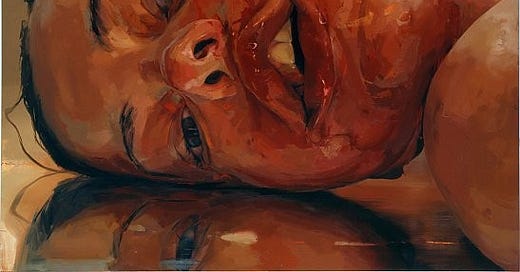






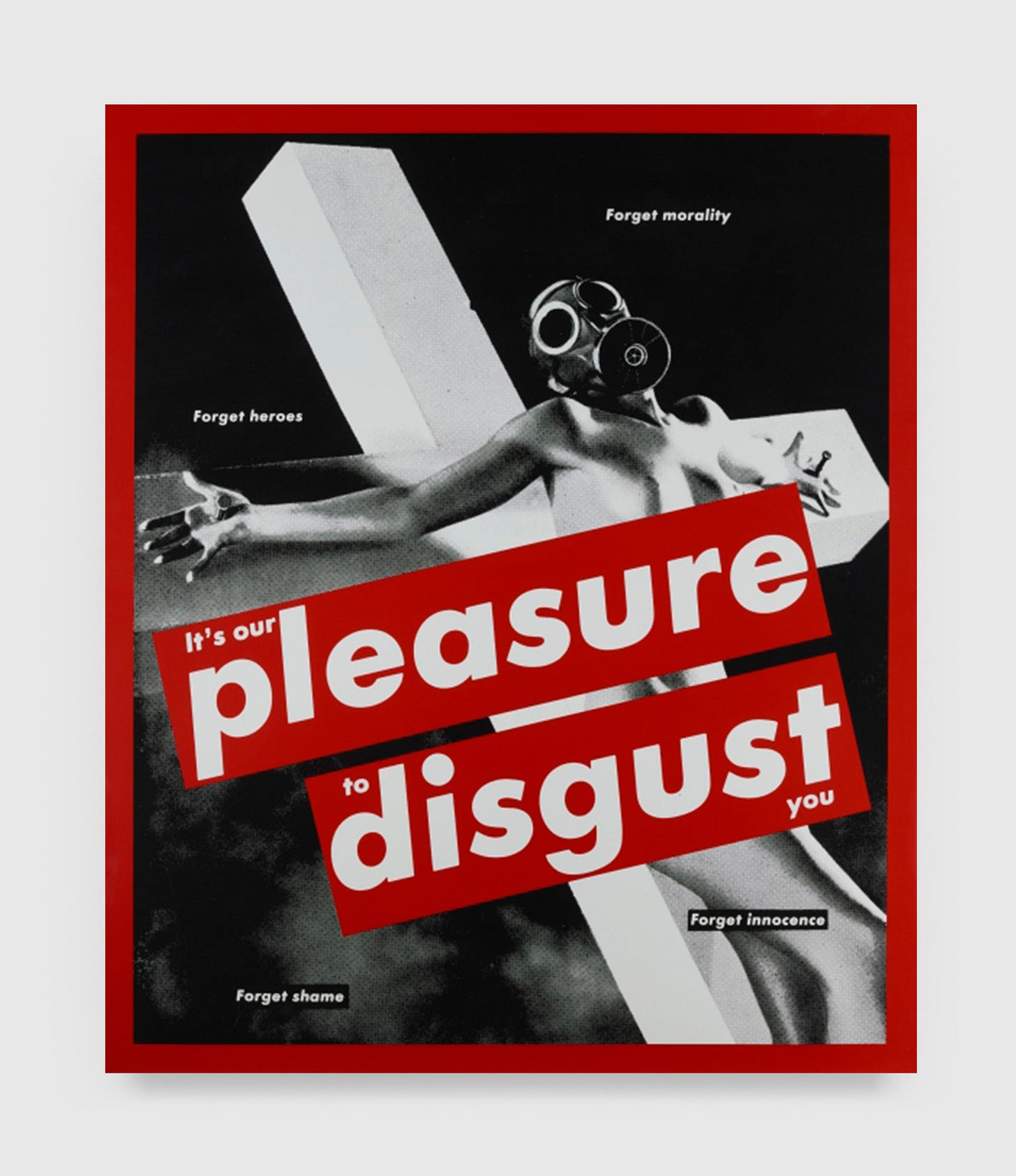
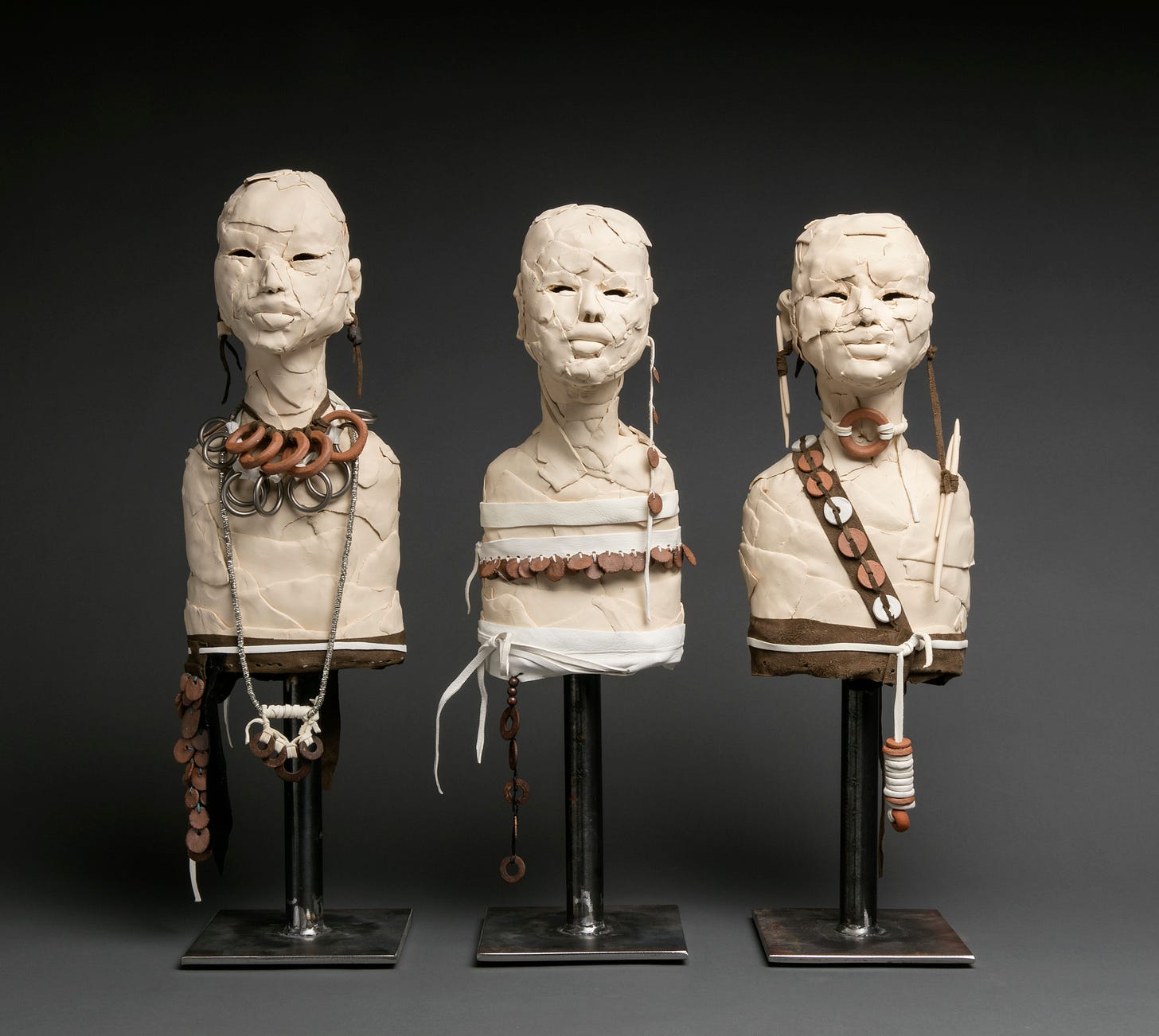
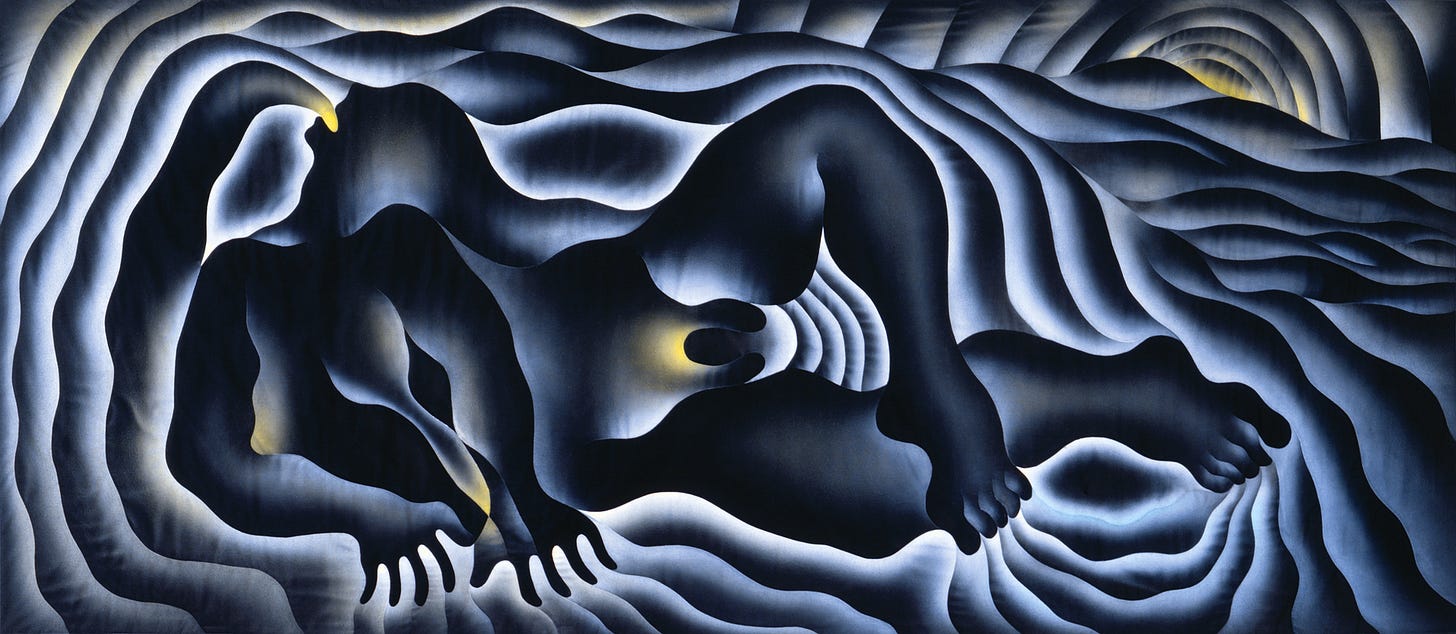
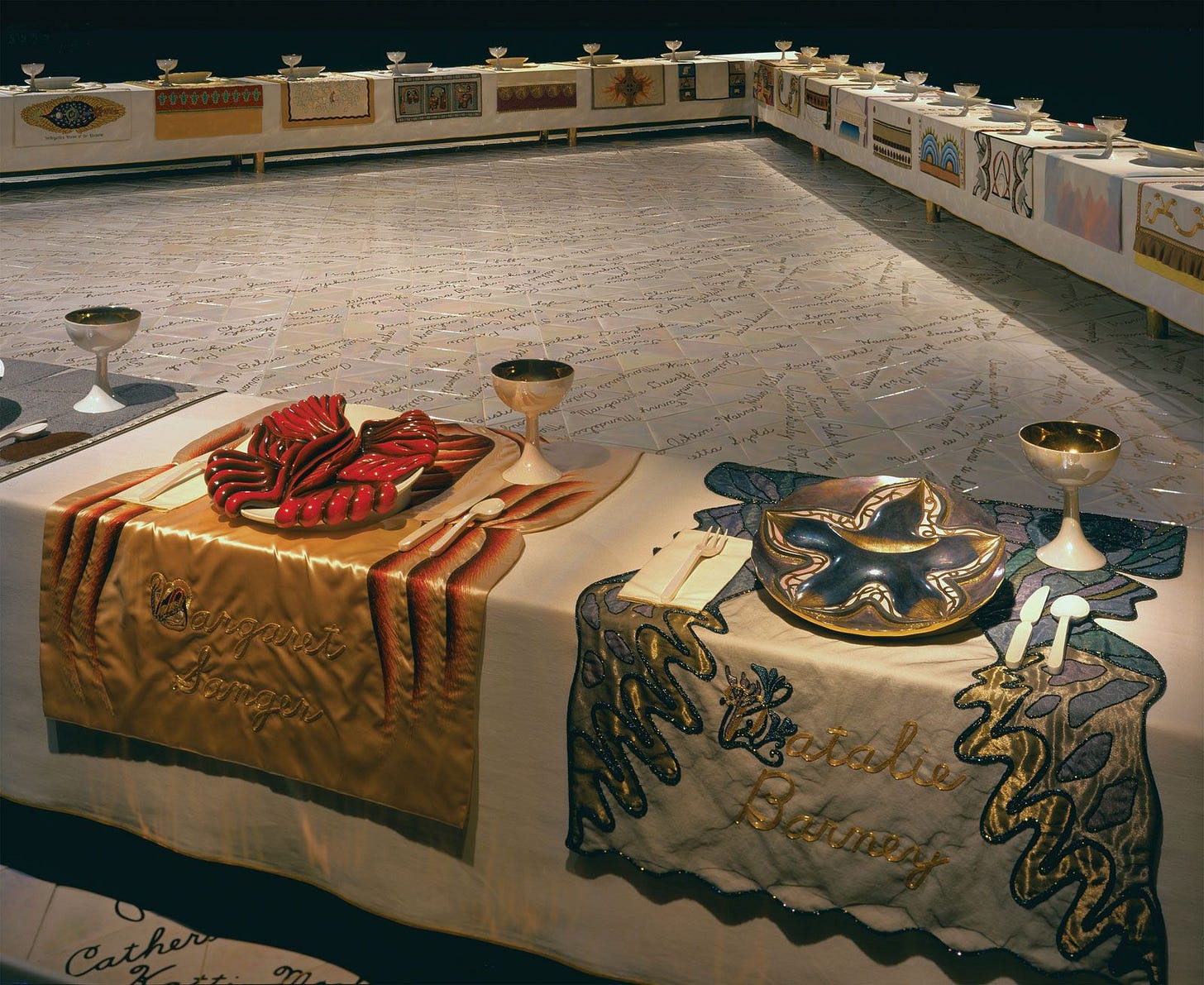
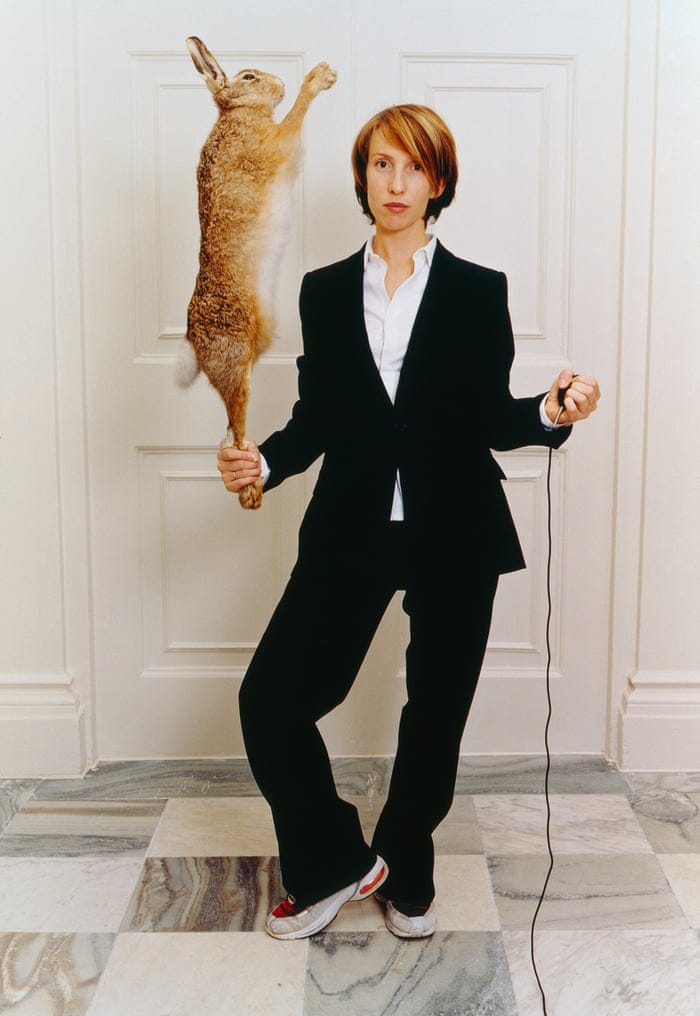
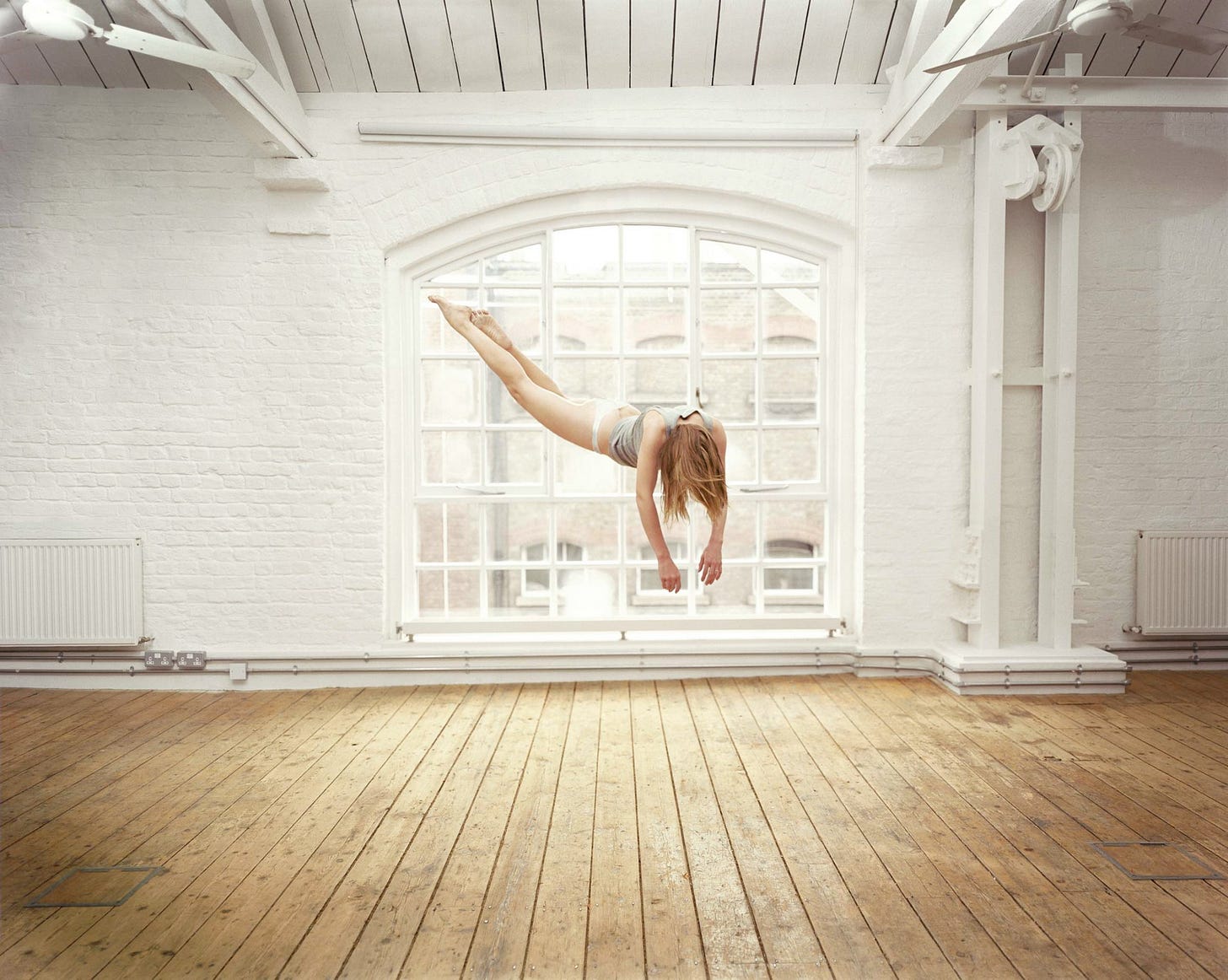



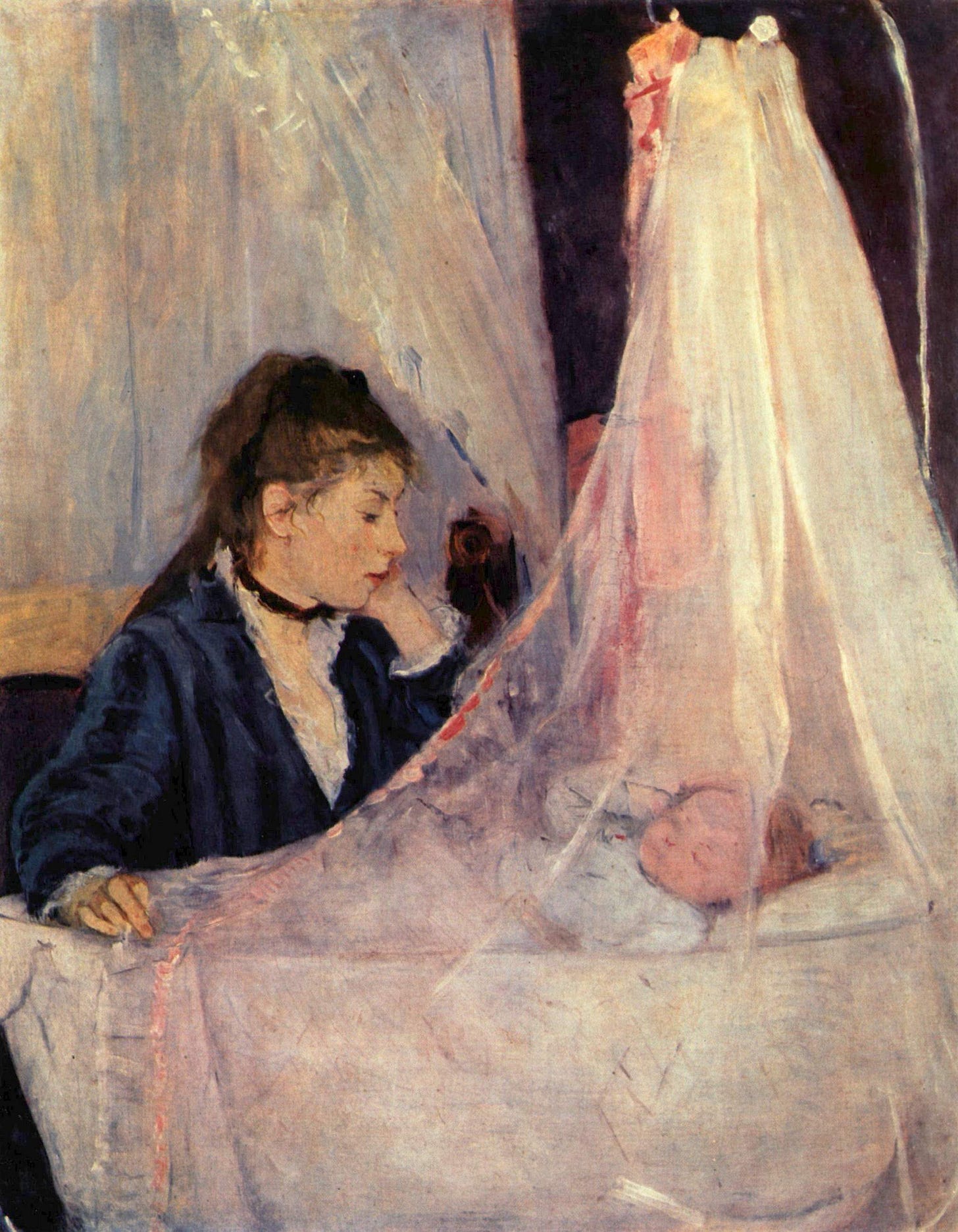


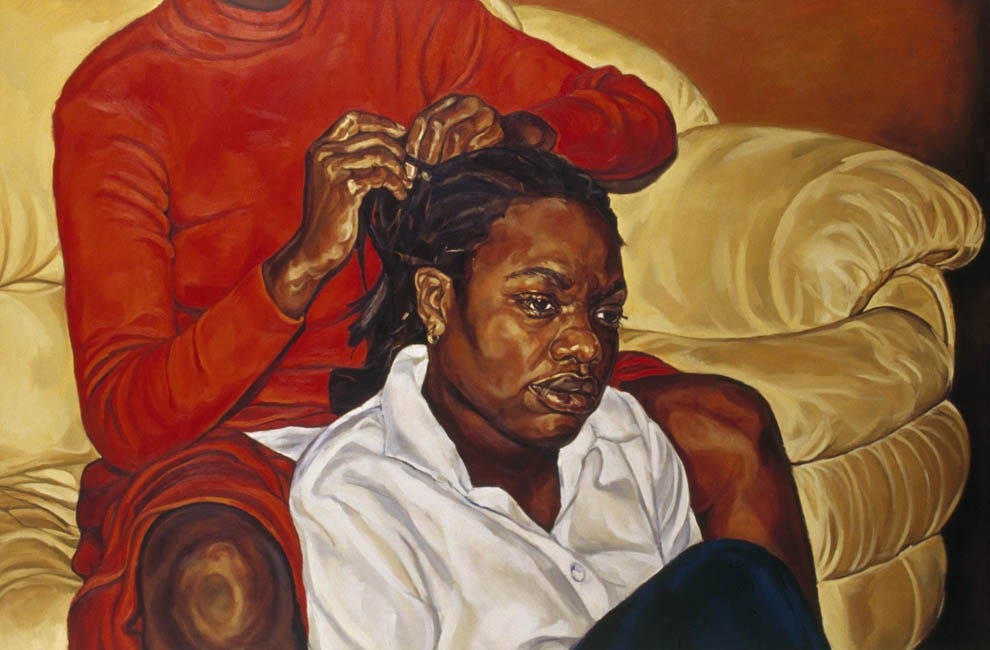
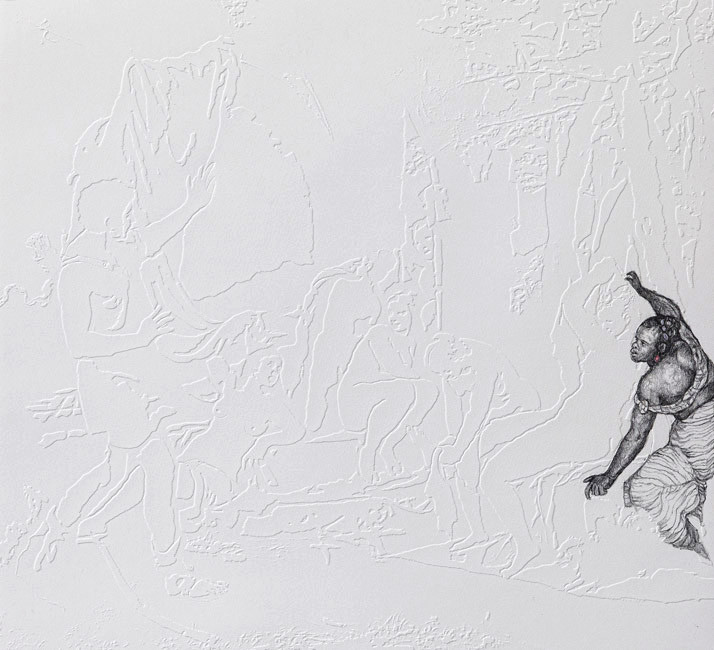
This round-up was stunning—so much heart, depth, and vision from every artist featured. I especially loved Doris Salcedo’s take on the viewer as a “witness who deeply listens”—that hit hard. It reframes art not just as expression, but as an act of communion. And Jenny Saville’s quote about painting as a window through time? Chills. Thank you for curating these voices, Katy. The GWA podcast always reminds me that art is survival, resistance, beauty, and truth—all at once.
Nice compilation. Wow. Judy Chicago, she is amazing…but all of these artists are compelling. Think you!